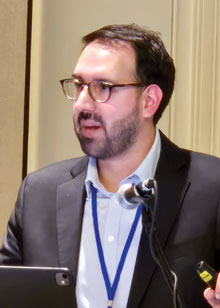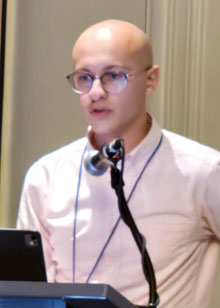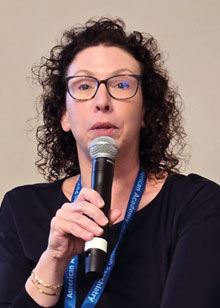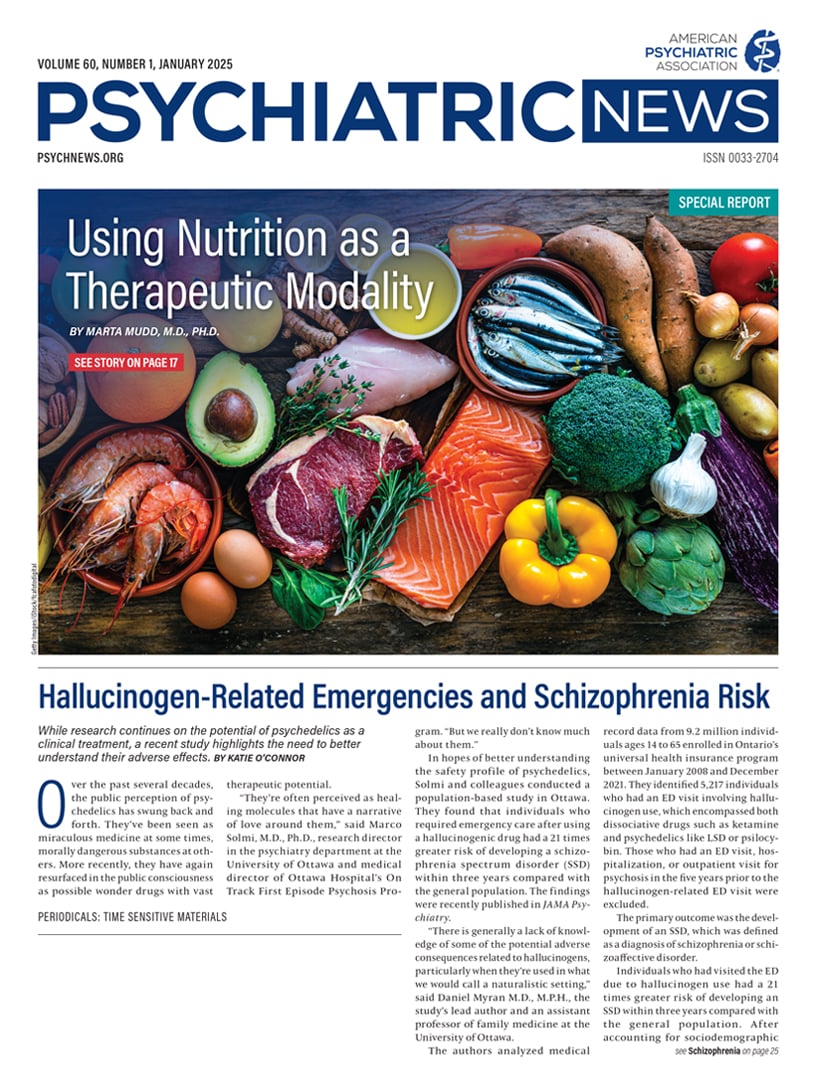Roughly 50 million people throughout the world—nearly one in 150—have been trafficked. Among those, 71% are women and 25% are children. In Texas alone, there are roughly 313,000 trafficked individuals, yet each year only 18 people in the state are prosecuted for human trafficking.
Further, up to 88% of trafficking victims encounter a medical professional but less than 1% are identified or provided with necessary resources.
These grim statistics were recently presented by Roberto Sanchez, D.O., an addiction psychiatrist at the Baylor College of Medicine, at the American Academy of Addiction Psychiatry 2024 Annual Meeting. Sanchez and his colleagues provided an overview of human trafficking and its interrelationship with substance use and substance use disorder (SUD).
Substance Use and Trafficking
“While statistics vary because of limited data and research, one survey in the U.S. found that 84.3% of survivors used substances while exploited,” Sanchez said. “More than 50% have used alcohol, cannabis, and cocaine, and 22.3% used heroin.”
Mollie Gordon, M.D., a psychiatrist at Baylor College of Medicine, said the financial costs of SUD can drive individuals at risk into situations where they may be trafficked. “Substance use disorder is expensive,” she said. “When you see someone who has SUD, how are the drugs being paid for? Are they paid for by labor or sex? Are they doing [those things] by choice?”
Substance use may also manifest during trafficking, said Jeremy Weleff, D.O., an addiction psychiatrist at the University of Alberta and Yale University. “One study found that in survivors of commercial sexual exploitation, 88.9% of women experienced physical violence, 83.3% experienced sexual violence, and all experienced psychological violence,” he said. “That can promote substance use as a way of coping.”
Opioids are an especially effective tool of coercion because of their ability to dull emotional and physical pain, Weleff said. “Withdrawal from opioids is [also] profound and severe, so it makes coercion easier for the trafficker.”
Weleff said that although survivors of trafficking and commercial sexual exploitation often require detoxification and rehabilitation programs for SUD, they face significant barriers to treatment such as a belief that only detoxification is needed, long waiting times to enter a program, and shame and guilt. People who are already in treatment also face a risk in that traffickers have been known to recruit their victims directly from treatment facilities.
Populations At Risk
While women are prime targets for trafficking, particularly for commercial sexual exploitation, Sanchez said a common misconception about human trafficking is that it is always about sex work. “About 28 million people worldwide have been trafficked for labor, including 64% of them for domestic work, construction, and agriculture,” he said. “Another 22 million are trafficked for forced marriage.”
Gordon said that youths with a high number of adverse childhood experiences (ACEs) have an increased risk of being trafficked. “It’s easier to traffic a person who has been abused or exploited before [at home],” she said. “There are also some baseline vulnerabilities like food insecurity and housing insecurity.” For example, traffickers may target children and adolescents who are being bullied at school for using food assistance and lure them in with food.
Gordon added that LGBTQIA+ youth are particularly vulnerable to trafficking. “They experience higher rates of abuse in the home, face family rejection of their sexual orientation or gender identity, have a higher rate of housing instability and food insecurity, and are up to 2.5 times more likely to be involved in the foster care system,” she said.
Once youth are trafficked, their risk of using substances skyrockets, particularly if they are trafficked for commercial sexual exploitation. “One study evaluating 41 child survivors of sex trafficking found that 88% used substances, and previous research has reported up to 70% of youth in commercial sexual exploitation report substance use,” Gordon said. “These youth may be subjected to involuntary or persistent substance use to create a physiologic dependence by their trafficker to coerce them.”
Screening for Trafficking
Psychiatrists in several settings—substance use treatment facilities, hospitals, clinics—will likely encounter a trafficked person at some point. “We’re seeing them while they’re actively being trafficked, but we’re not identifying them,” Sanchez said. “If we screen everyone who is at risk, including our patients with substance use disorder, we can help identify [those who are being trafficked].”
Sanchez highlighted several red flags that should prompt health professionals to screen for human trafficking, including:
•
Fearfulness or anxiousness, particularly when discussing law enforcement
•
Malnourishment and/or signs of physical or sexual abuse, physical restraint, confinement, or torture
•
A lack of identification documents, immunization records, financial records, or possessions; or the person’s documents and possessions are being controlled by someone else
•
Person not allowed to speak on his or her own behalf
The experts encouraged psychiatrists who see these signs in their patients to apply the Action Means Purpose (AMP) model when considering whether they have been trafficked:
•
Action: The trafficker recruits, harbors, induces, transports, or provides for the trafficked person.
•
Means: The trafficker has employed a means of force, fraud, or coercion.
•
Purpose: The trafficker’s purpose is to compel the trafficked person to provide commercial sex acts or labor/services.
At least one element in each row must be present: There must be one action, one means, and one purpose. However, people younger than 18 who are involved in any commercial sex act with an adult are automatically considered trafficked, regardless of whether there is any force, fraud, or coercion involved.
The presenters also encouraged psychiatrists to familiarize themselves with screening methods such as Rapid Appraisal for Trafficking (RAFT), the Trafficking Victim Identification Tool (TVIT), and the Quick Youth Indicators for Trafficking (QYIT). Psychiatrists should also learn the mandatory reporting requirements in the states where they are licensed. ■



